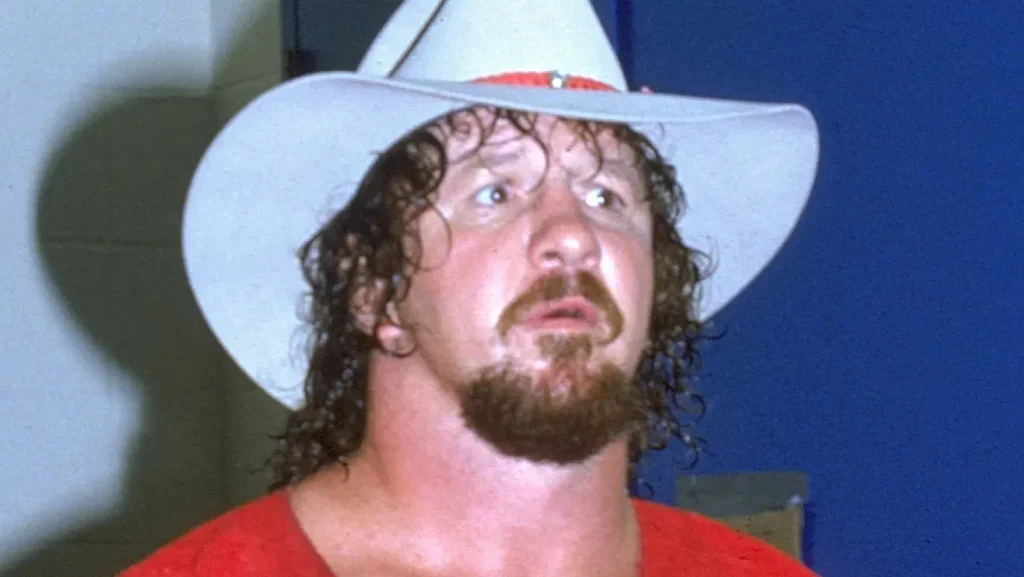We all have our opinions on who the greatest wrestler is. For the legends who get mentioned the most, that person was Terry Funk. Whether it was with his wrestling skills, his verbal skills, a steel chair, or a branding iron… he left his mark on anyone who stepped in the ring with him.
One of wrestling’s proudest Texans was born in Hammond, Indiana. His father, Dory Funk, served with the U.S. Navy during World War II. After he returned from active service, the Funk family relocated to a ranch in Amarillo, Texas.
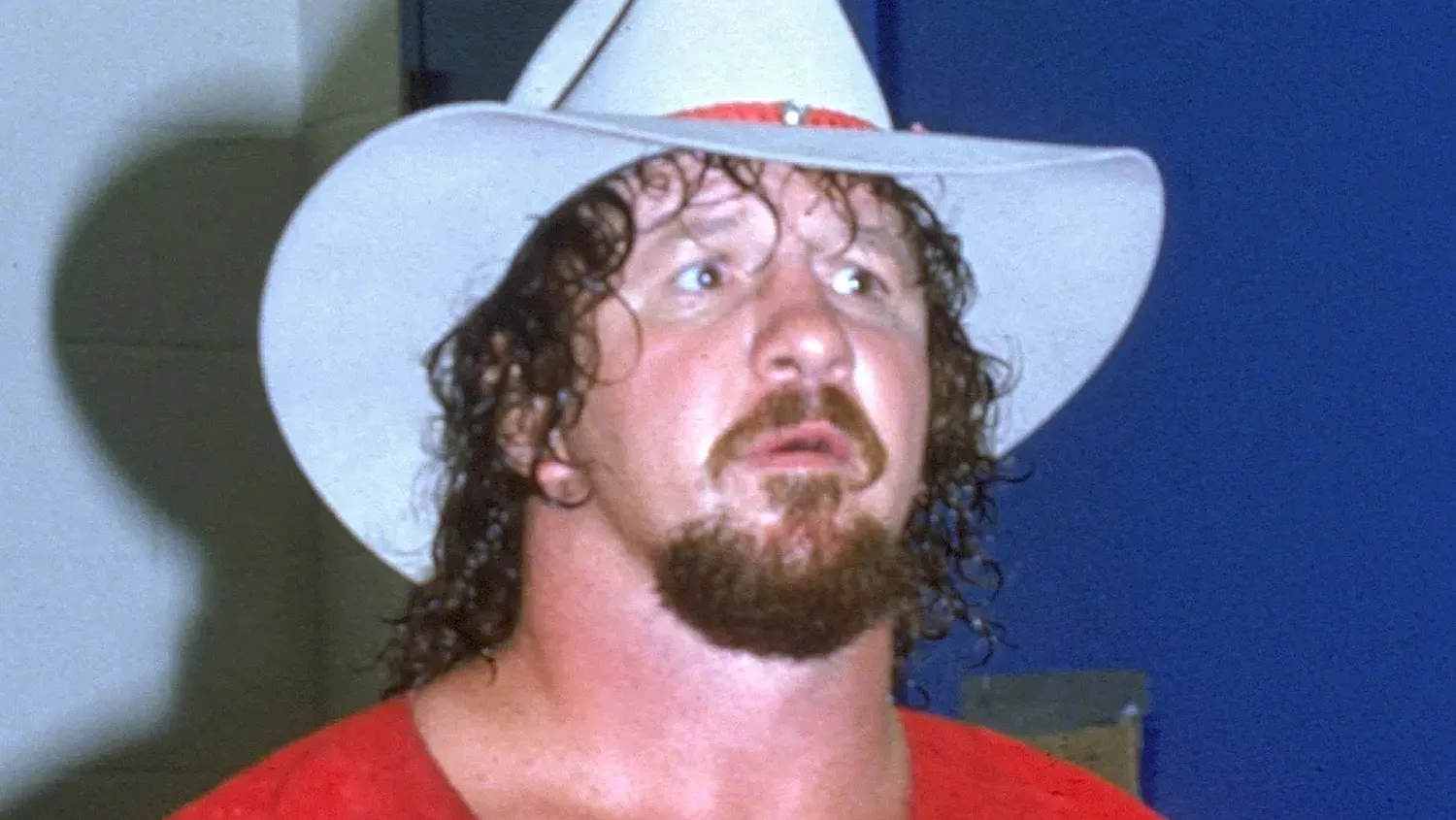
Terry Funk – Making a Brand, and Burning It In Deep
Dory pursued a career in wrestling. He made a name for himself in Western State Sports. In 1955, he and fellow veteran-turned-wrestler Karl “Doc” Sarpolis bought out the promotion.
Terry and his older brother Dory, Jr. had been working odd jobs in the promotion since they were teenagers. Both knew their futures would be in the ring. Their father insisted they finished their education just in case they needed a fall-back plan. They competed in amateur wrestling and football in preparation for their anticipated careers.
Dory, Jr. graduated first. His father trained him for the ring, and he began his career in 1963. Both Dorys would train Terry ahead of his own debut in 1965. His first match was against Sputnik Monroe.
The Funk Brothers quickly rose up the ranks in both singles and tag team competition. They were soon big money draws for their father’s promotion.
For the first decade of his career, Terry went wherever his brother did. While competing for Championship Wrestling from Florida, Dory became the second-longest reigning NWA World Heavyweight Champion.
The Funks would engage in an intense feud with the Brisco Brothers. Jack Brisco had his first title reign delayed when Dory pulled out of a match at short notice due to injury. Terry would step in for his older brother.

“It’s the proudest day of my life. Naturally, it is.”
– Terry Funk on winning the NWA World Heavyweight Championship
For the next fourteen months, Funk defended the championship in North America, Japan, Singapore, and Australia. He battled some of the industry’s biggest stars, including Jack Brisco, Dusty Rhodes, Spiros Arion, and Giant Baba.
Harley Race would earn the unique distinction of taking the title away from both Funk brothers.
In 1981, Terry had a memorable feud with Jerry Lawler that foreshadowed his own future. One of their Continental Wrestling Association matches took place inside an empty arena.
The only people who witnessed it firsthand was an announcer, a photographer, a camera operator, and the sanctioned referee. The short match mainly saw both opponents brawling outside of the ring.
Funk attempted to gouge out one of Lawler’s eyes with a broken piece of wood. Lawler countered, and Funk caught his own eye.
The Funks enjoyed great success in All Japan Pro Wrestling. They established themselves as legitimate tough men in bloody brawls with Bruiser Brody, Stan Hansen, Abdullah the Butcher, the Shiek, and more.
For the first time in his career, Terry stood out from his brother’s shadow. Fans loved Terry’s eccentric personality and colorful ring gear. He would become a celebrity in the region, appearing on other television shows magazine covers, and releasing his own music record.
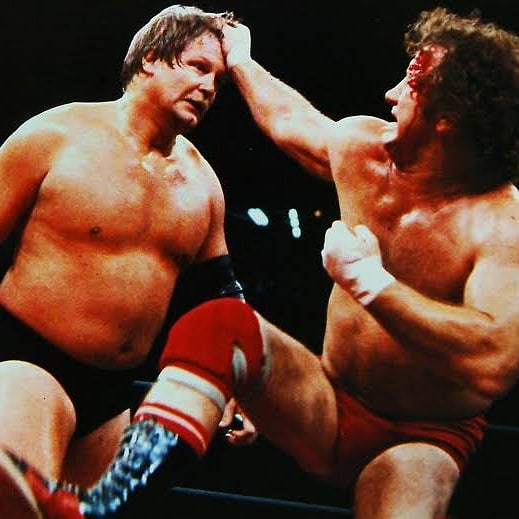
Terry was not fully committed to retiring. He had become unhappy with the direction that modern wrestling was taking, particularly the AJPW. He planned to return in a few years in conditions had improved.
That was presuming his body could still handle it. He was about to turn forty. Terry was already finding it harder to keep up with younger talent. Putting up with the physical toll and traveling was becoming too much.
Even more sobering was realising that the money he had saved could not possibly support his family and ranch for their rest of their lives. Fortunately for him, he was in higher demand than before.
He ended his year-long retirement with a run in the American Wrestling Association. While the company’s main focus had been on grappling, they knew it was the bloody brawls that drew in paying fans.
Terry’s reputation from Japan had carried across the Pacific. The company immediately tried to recreate his physically intense matches with their own top stars. Terry saw that he had become a name draw on his own. It was not long before he was poached by the World Wrestling Federation.
The WWF had become more entertainment based since Vince McMahon bought out the company from his father. They had no shortage of wrestlers who used “tough-as-leather cowboy” characters.
Funk stood out because of his anarchic nature. After winning his first televised match in the company, he attacked the ring announcer for trying on his hat. He then unveiled a new tradition of marking his opponents with a branding iron after he had beaten them.
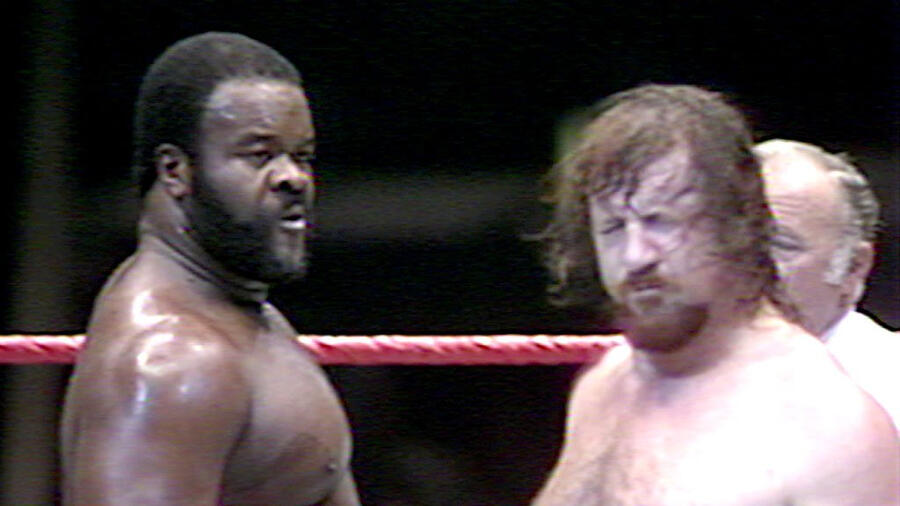
The imposter was Jesse Barr, the son of the local promoter from when the Funks competed in the CWF. He would be known as “Jimmy Jack Funk” to WWF fans.
The genuine Funks defeated JYD and Tito Santana during the Los Angeles portion of WrestleMania 2. Terry remembers it as one of his favourite matches because it was the only time he and Dory competed at WrestleMania together.
The Funks went on just before the headline match. Hulk Hogan beat King Kong Bundy in a steel cage match to retain the WWF Heavyweight Championship. Terry was the next in line for a title shot.
He accused Hogan of “selling out to Hollywood.” Hogan had famously starred in movies and became friends with actors such as Slyvester Stallone. Once this storyline ended, the Funks departed the WWF, leaving Jimmy Jack behind.
“Terry was a little wilder and goofier [than Dory]. But he was still just an awesome athlete. Awesome pro wrestler. He made it in the WWF as well as the NWA.
He did more of a cowboy thing while he was in New York, but he was just the same.”
– Greg Valentine tries to explain Funk’s appeal.
In 1989, Terry began a rivalry that would last for over a decade. Manager Gary Hart was determined to get the NWA World Heavyweight Championship away from Ric Flair. Fearing that the Great Muta could not do it on his own, he enlisted Funk’s services.
Their alliance became known as the J-Tex Corporation, referencing their respective homes. Others were added with the sole purpose of aiding Muta and Funk.
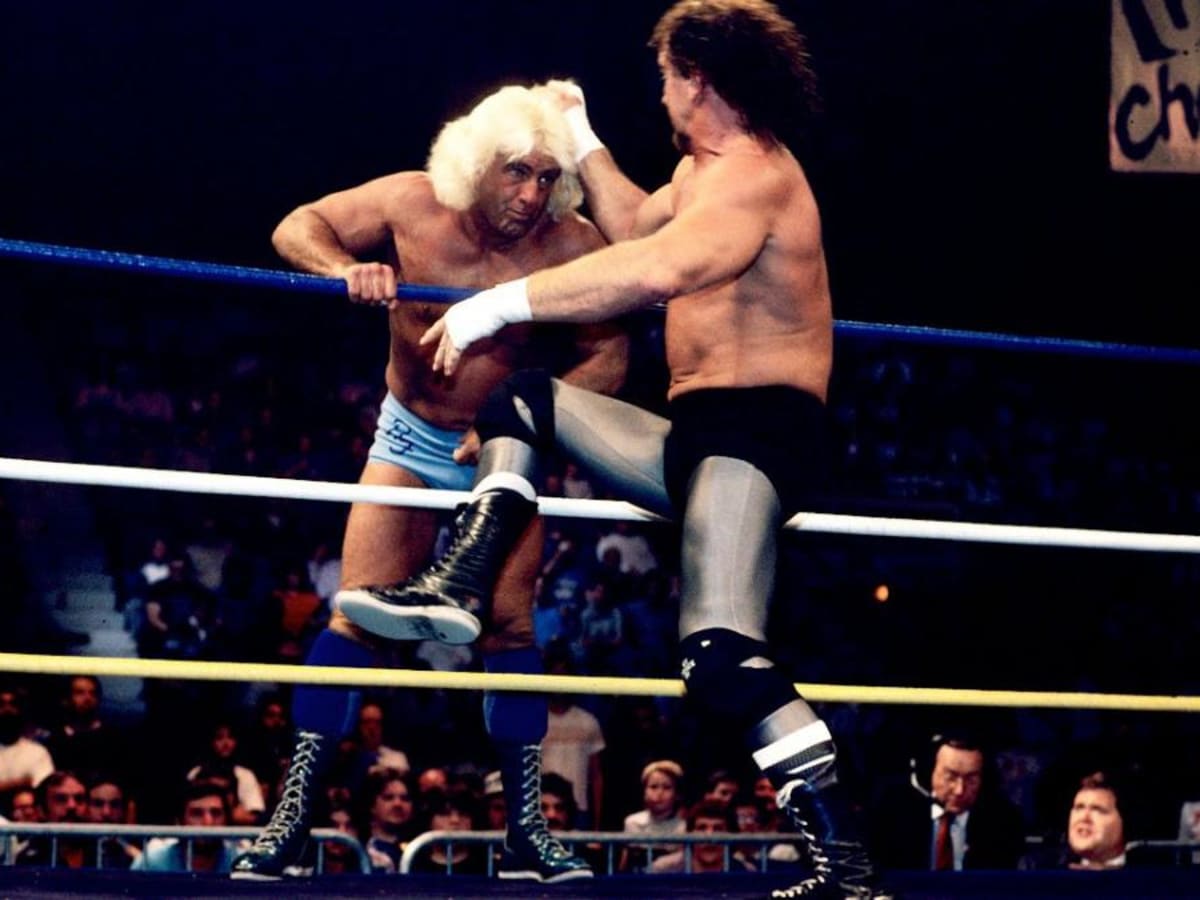
In addition to Over the Top, Funk had also starred in Roadhouse, and the Wildside television series. Flair maintained that Funk was not deserving of a title shot. Funk would forcibly change Flair’s mind with a series of violent attacks.
Funk’s matches against Flair would be described as “hardcore matches” today. The duo routinely performed moves on the concrete floor and used weapons to encourage bleeding.
Apart from his cage matches, American fans were not used to seeing Flair in such brutal clashes. Those who had seen in smaller territories or outside of the U.S. already knew how tough Flair could be.
The feud with Funk made more fans aware of it. Their “I Quit” match at Clash of the Champions IX is still considered to be one of the very best by either man. Flair achieved a higher level of appreciation from fans for making Funk submit to his figure four leglock.
After their rematch, Funk took a break from working in-ring competition. The storyline reason was that Funk was injured from the beatings he had taken from Flair. Their feud would resume several months later.
He would parody Flair’s “Flair for the Gold” talk segments with one of his own named “Funk’s Grill.” The tuxedo-clad Funk interrogated and provoked his guests, regardless of whether they were heel or babyface.
While most wrestlers of Funk’s generation sought to be retired by fifty, he would experience a career rebirth. The owner of Eastern Championship Wrestling hired Paul Heyman as a booker to try and change their direction.
Heyman’s vision was to give fans a genuine alternative to the WWF, WCW, and other NWA affiliates. He reached out to former WCW talents who were no longer under contract. Funk was among the first to respond.
Funk was booked as a top star immediately. Heyman’s vision was to make ECW more “Extreme”. This involved the loosening of traditional wrestling rules. Performers were allowed to use weapons and brawl outside of the ring if they wanted to.
They had freedom to do what they wanted provided it excited the fans and they did the scripted finish. While bleeding was not encouraged, it was not discouraged either. All of this had become old hat for Funk. He would also continue his own troupe of doing eccentric promos from his ranch.
His violent matches earned him an invite to the new International Wrestling Association of Japan. The IWA had chosen to market themselves on “extreme violence”. Their most notorious event was the ‘King of the Deathmatch’ tournament.
Every match had a unique stipulation that removed disqualifications or countouts. They also added dangerous gimmicks such as the use of barbed wire, fire, electricity, and explosives.
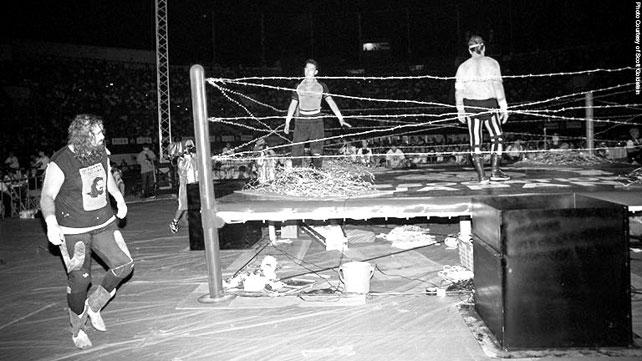
One of Heyman’s first successes in Eastern Championship Wrestling was The Public Enemy. There is debate over whether Heyman created the group or just gave them a platform. We do know Heyman helped refine them into stars.
One of the ways he did this was to pit them against Funk. They became established with a victory over both Funks in a match where the ring ropes were replaced with barbed wire.
In an iconic moment for the company, Funk asked one fan to throw their chair into the ring, and just about everyone obliged. Cactus was not safe from Funk either. During one of their matches, Funk set his famous branding iron on fire before pressing it against his opponent’s arm.
Scenes like this helped Eastern Championship Wrestling to secede from the NWA and rebrand itself as “Extreme Championship Wrestling.”
Funk bounced between ECW, WCW, and Japan for the next few years. He largely competed in hardcore, cage, and death matches. ECW would name some of their shows after him when he appeared.
He became a member of the Stud Stable in WCW. They mainly feuded with the extended Rhodes family. This feud climaxed in a surprisingly uneventful War Games match at Fall Brawl 1994.
Funk chose to compete with one boot on, as he was using the other as a weapon throughout. Despite all the participants being known for their brawling style, the match was quite tame, and rather short.
He would begin accepting Hall of Fame inductions as early as 1995. The first was WCW’s version. While it only ran for three years, the honor remains permanent. He was also honored by Stampede Wrestling and the Wrestling Observer Newsletter.
The WWF could see that their competition was growing rapidly due to their adult-orientated products. They began testing the waters with mature content on a new television show called WWF Shotgun Saturday Night’.
This opened the doors to Funk returning after more than a decade away. Even though the show had a mature age rating, Bruce Pritchard advised Funk that cussing was still banned on live broadcasts.
Funk then intentionally cussed repeatedly on air. This led to networks pulling Shotgun from their schedules. The WWF began pre-taping Shotgun. Funk was released, and the planned feud with Mankind (Foley) was scrapped.
This proved to be a blessing for ECW. The company knew their success depended on getting a television deal. The best way for them to get one was to host a successful PPV.
They were unable to get the finances they needed due to bad-taste publicity stunts putting sponsors off. Having Funk back in the company helped restore the credibility and faith from potential investors.
During the ceremony, Heyman revealed a tightly held secret about his feud with Flair. The rematch from their “I Quit” match almost did not happen because his storyline injury was real. A doctor had informed Funk that he had broken his back.
The doctor, point blank refused to consider clearing Funk for the rematch. Funk ultimately ignored the doctor and worked it anyway. Tales like this are the reason why nobody at the ceremony believed him when he insisted his match at Barely Legal would be the last ever.
“Is wrestling going to go on ahead and live on forever? Or is it going to die? I hear that all the time. Let me tell you something. Wrestling goes back for eons and eons. They found it in the caves.
They found pictures depicted in the caves of wrestlers. They found hieroglyphics in the ancient tombs. That’s exactly right. In the ancient tombs, they found pictures of wrestlers. In Genesis, the Bible, chapter 32, verses 24-30; Jacon fought the Angel.
I’ll be damned, but Jacob didn’t play hockey against the Angel. He didn’t play baseball. He didn’t have tennis rackets to hit each other with. Jacob and the Angel wrestled. They wrestled, and they wrestled all night long.”
– Terry Funk on the endurance of wrestling.
Funk had already achieved more than most people ever will in wrestling. He had a fairytale ending not once but twice. Yet it was not enough. His true passion was in the ring. His story would continue….

